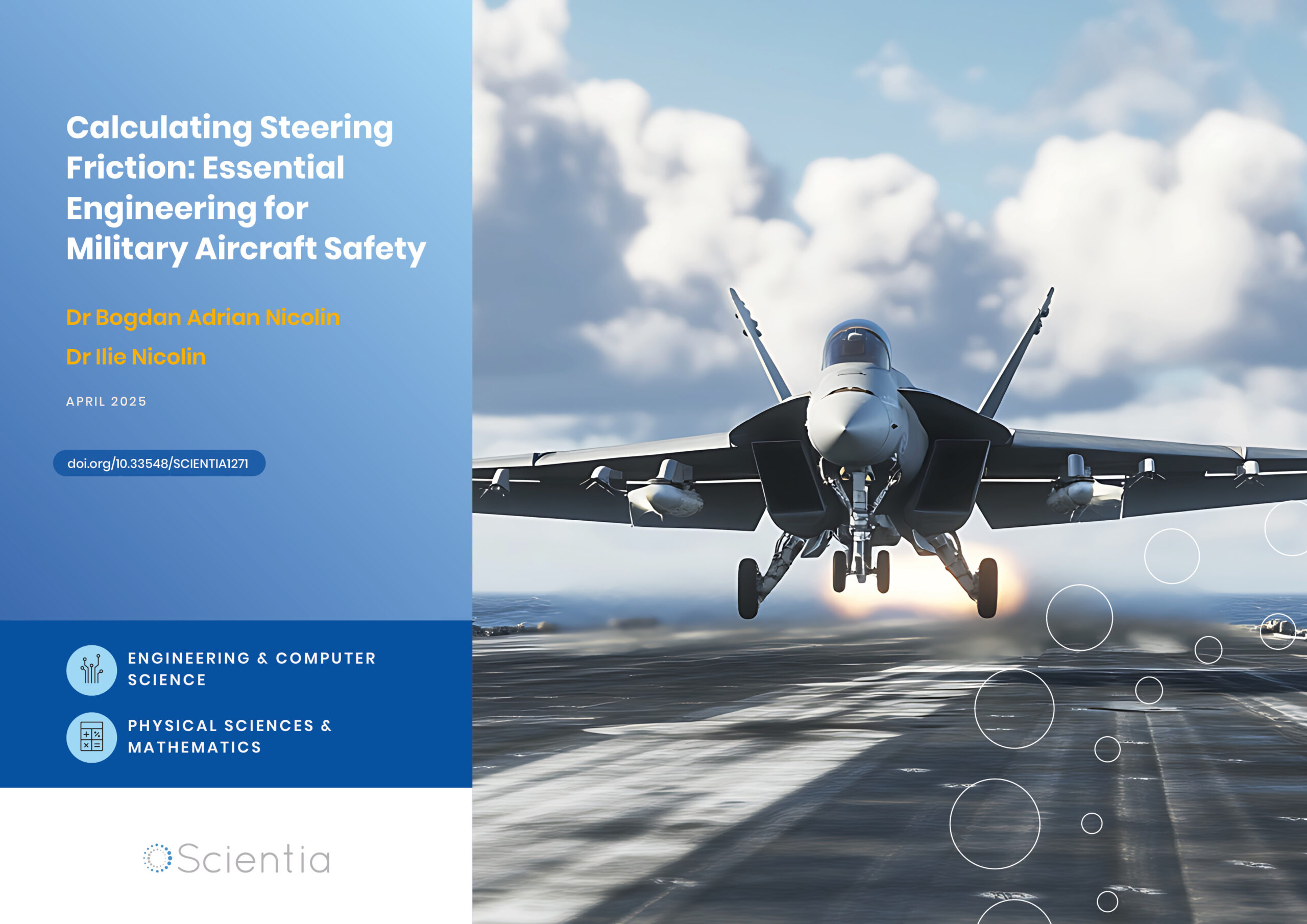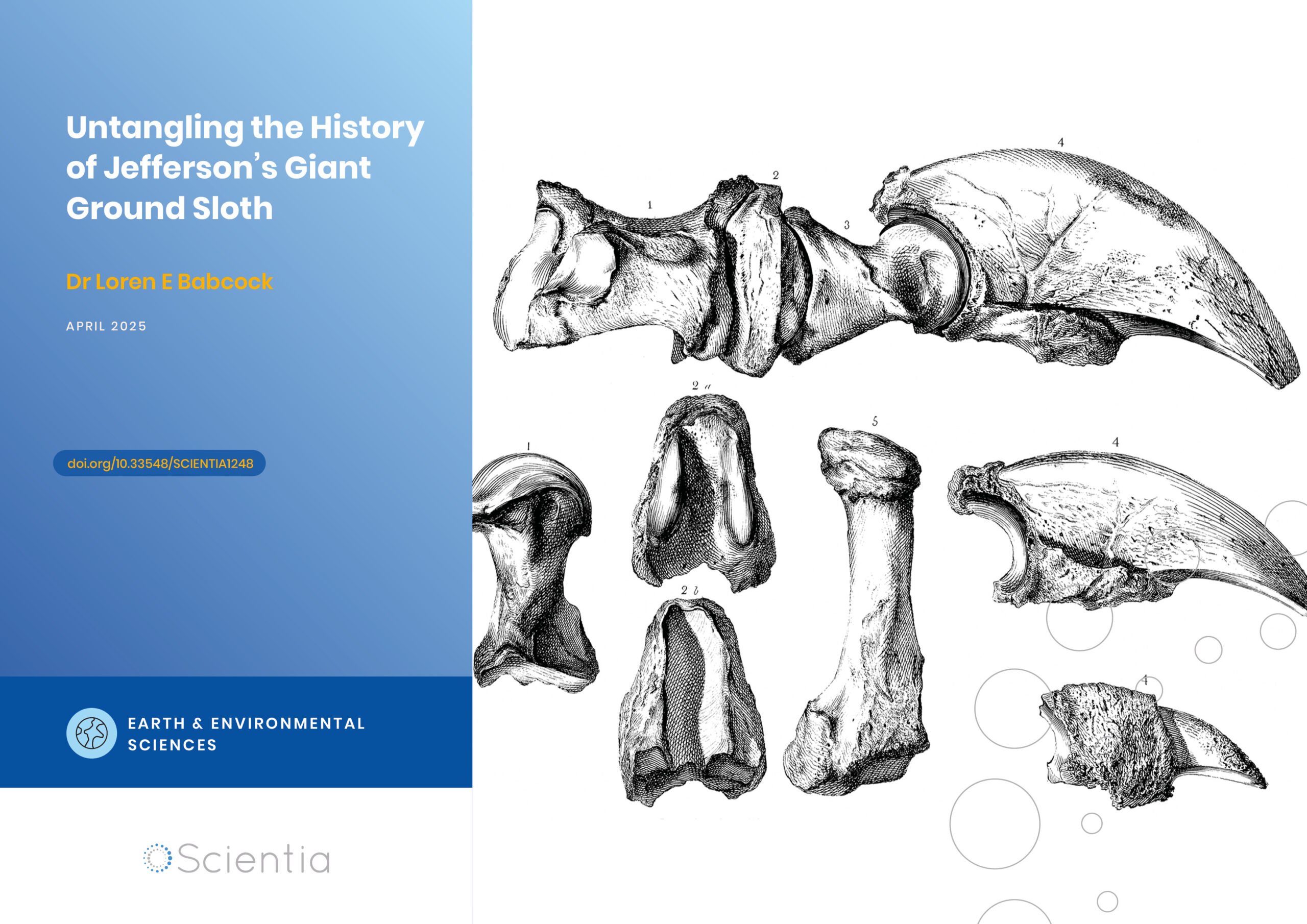Dr Luis Tedeschi – Modelling a Sustainable Future for Livestock Production
Intensive livestock farming has contributed to environmental degradation across the globe, and is also a major source of greenhouse gas emissions. However, meeting the protein demands of a growing global population requires further increases in the food supply. Dr Luis Tedeschi and his team from Texas A&M University and Texas A&M AgriLife Research have been studying the sustainable intensification of livestock production, utilising modelling-based approaches. They consider whether these tools can be used to increase production efficiency while minimising environmental impacts, helping to preserve and regenerate the natural resources that form the basis of the industry, for future generations.
Livestock and the Environment
Most of our current food production systems are based on maximising productivity and profitability with inadequate concern for protecting or regenerating the environment in the process. With a world population that is predicted to reach 9.55 billion by 2050, increasing pressure is being placed on global food production. Doing so while reducing the impact on the environment requires crop, soil and animal scientists around the world to come up with quick and effective solutions.
Livestock farming alone is one of the critical global contributors to greenhouse gases – accounting for up to 14% of emissions, depending on the production system. Other negative environmental impacts of the industry include nutrient run-off that pollutes water bodies, soil erosion, and the consumption of non-renewable resources.
These adverse environmental changes quickly offset improved agricultural productivity, through degradation of soil quality, increased warming, the resurgence of diseases and depletion of biodiversity, among many other outcomes. Indeed, meeting the future food requirements of our global population is not possible without environmental protection.
In short, to ensure that human population growth does not outstrip our ability to produce food, we must look after the natural resources that are at the very heart of the industry – so that they will be available for future generations. Furthermore, it is clear that any increase in food production must be achieved through enhanced yield, rather than expanding land area, as the latter would further increase the burden on the environment.

Sustainable Livestock Intensification
Dr Luis Tedeschi and his team of researchers from Texas A&M University are working to evaluate whether livestock production could be intensified in a sustainable way, to help feed our growing population without the need to expand our agricultural land usage. Their work involves identifying the key areas where changes or improvements can be made, modelling what the impacts of these changes might look like, and how the resultant decision support tools can be integrated to help livestock farmers improve their efficiency.
The team believes that environmental protection is paramount for providing good livelihood standards for people and ensuring the survival of our species (and many others) in centuries to come. A sustainable system has the ability to coexist with other systems, and has the resilience to recover after it has been disturbed. These are qualities that future food production systems will need to exhibit in order to continue to prosper in the face of global climate change.
If sustainable intensification of livestock production is adopted, it could lead to greater production yields through more efficient use of resources, while reducing negative impacts on the environment. It provides opportunities for increasing animal and crop production per unit of area, while employing sustainable production alternatives that fully consider what the team describes as the three pillars of sustainability: planet, people, and profit.
‘The use of these modelling-based decision support tools, together with innovative pasture systems, in a more integrated smart farming approach, could be the next step toward improving the sustainability of livestock systems.’
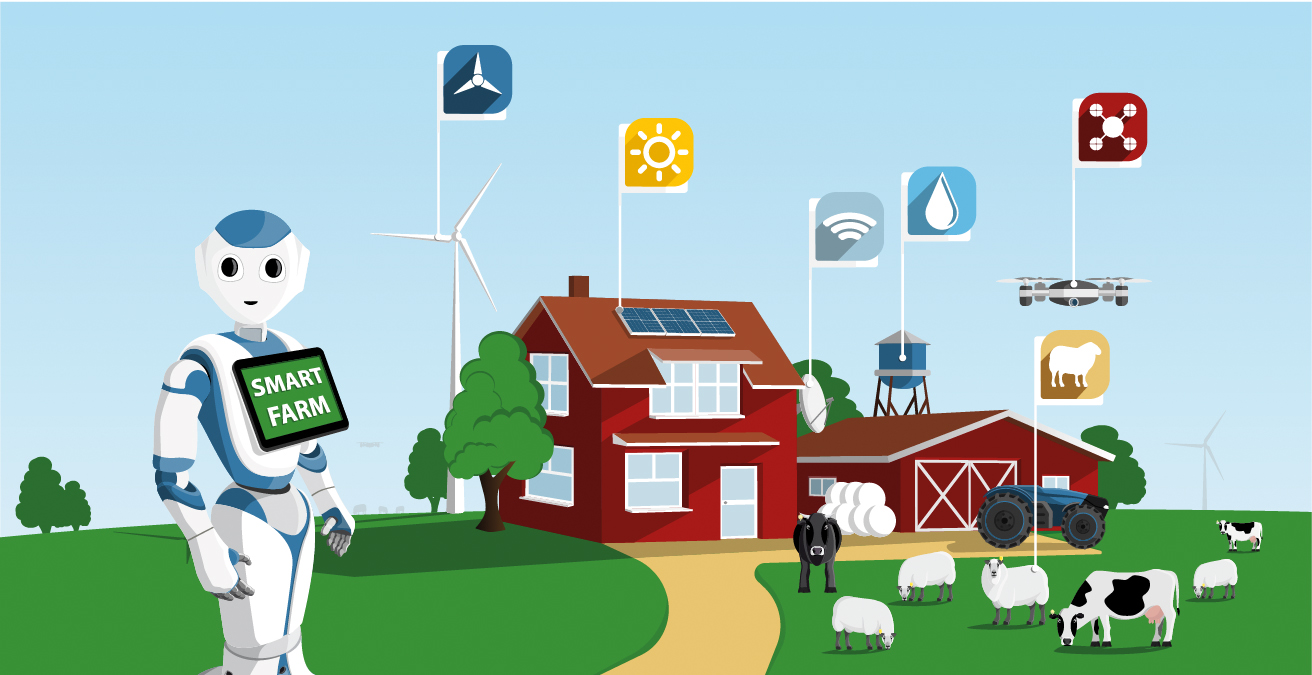
Targeting Technology to Increase Sustainability
Animal nutrition is one of the major focus areas identified by Dr Tedeschi for improving livestock productivity in a sustainable way. Ruminant animals, such as cattle and sheep, acquire nutrients from plant-based feed by fermenting it in their rumens prior to digestion.
The goals of his research team in studying the enhancement of ruminant nutrition are to improve productivity, reduce resource use, and protect the environment. Dr Tedeschi and collaborators believe that feed efficiency may be the single most crucial variable that can drive up yields while concurrently lowering the carbon footprint of ruminant production by reducing greenhouse gas emissions.
This prioritises the identification and selection of feed-efficient animals, feeding systems, and technologies that improve nutrient use efficiency. To explore the various factors and their interactions, Dr Tedeschi employs a computational modelling approach. ‘System modelling is a powerful tool in the area of nutrition as a whole, because it accounts for many variables and the interactions involved in identifying sustainable systems in each situation,’ he says.
Dr Tedeschi’s research group believes that there is scope for these models to become a core component of precision farming applications, including automatic feeding systems. However, it is becoming increasingly important to view individual models as part of the overall, more holistic, systems-based approach, favoured by the team.‘It will be necessary to combine a range of models from different fields, including animal, soil, crop and weather sciences,’ says Dr Tedeschi. ‘At the moment, these mathematical models are difficult to integrate, but such integration is needed for the long-term prediction of production policies.’
These models could include areas as diverse as utilising behaviour monitoring techniques as a solution for enhancing feeding to optimise milk yield. Other models use innovative but practical approaches to identify synergies between different types of grazing animals, to help improve economic feasibility and counter resource limitations.
‘The challenge is combining these models into an integrated suite of decision support tools,’ says Dr Tedeschi. Advances in technology for improved agricultural production have led to so-called smart farming, harnessing sensor and communication technologies, to increase production efficiency. ‘Utilised in this way, mathematical modelling as the basis of decision support tools can be used to process and interpret large amounts of data from multiple agricultural technologies to overcome environmental, technical and economic production challenges,’ he concludes. Furthermore, as Dr Tedeschi stated in the 2020 Ruminant Nutrition System book, given the high-processing capacity of modern computers, interpreted computer programs, such as R and Python, ease modelling collaboration across disciplines through a universal language that facilitates the transferability of knowledge to the artificial intelligence dominion.
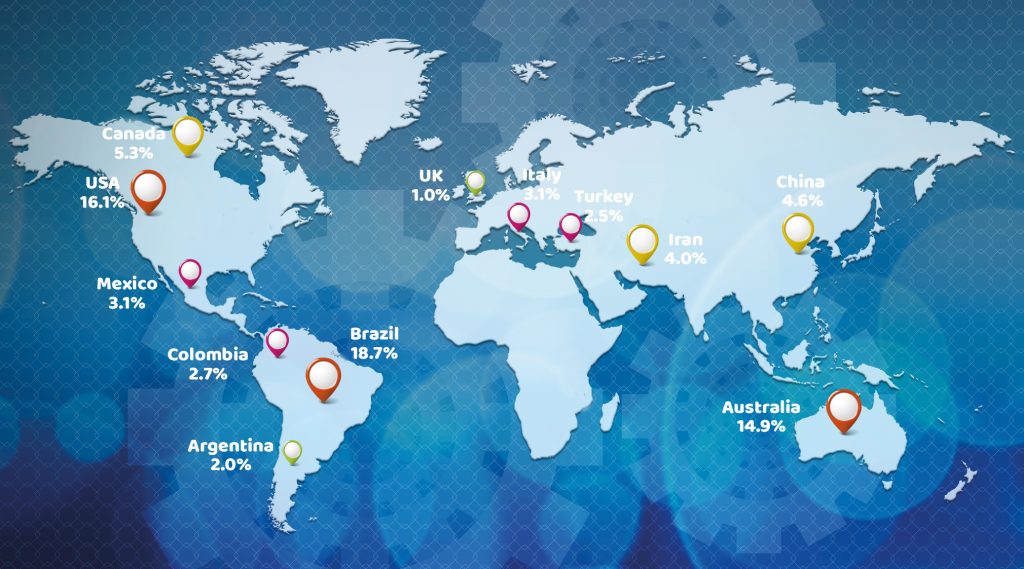
Visitor map for Dr Tedeschi’s nutritionmodels.com website, with over 125,000 visits globally.
Is Sustainable Livestock Intensification Possible?
Despite tremendous advancements in the livestock sector, the Texas A&M University team believes that additional opportunities exist to improve livestock production around the globe. ‘Scientific progress in ruminant production, through the use of decision support tools, has been significant and tangible,’ says Dr Tedeschi. ‘However, these achievements are only just becoming apparent because we are still learning how to connect the concepts involved.’
If utilised as a part of a more holistic and connected approach, these decision support tools could become more critical than ever. They have the ability to enable users to quickly evaluate multiple scenarios of production and choose options that are more acceptable, sustainable and resilient. Smart farms and advancing technology combined with modelling have the potential to identify high leverage solutions (small changes that produce significant results), such as individual supplementation of dairy cattle. ‘The use of these modelling-based decision support tools, together with innovative pasture systems, in a more integrated smart farming approach, could be the next step toward improving the sustainability of livestock systems,’ says Dr Tedeschi. ‘Using these techniques, producers could evaluate many production alternatives and choose the best solution for each specific condition and desired outcome.’
Future iterations and development of these tools must account for the effects of climate change on animal welfare and nutrient needs and productivity. They must also include increased levels of consumer demand for high-quality, protein-rich food, while at the same time minimising livestock’s environmental carbon and water footprint. ‘We must incorporate state-of-the-art data and analytical techniques such as artificial intelligence and machine learning,’ says Dr Tedeschi. ‘This will help to improve the accuracy and precision of our decision support systems.’
Forecasting in modelling terms is not an exact science and relies heavily on past, current and new knowledge to improve outcomes. Advances in nutritional sciences include a better understanding of how the quality of animal products can be increased, the development of new feeds and feeding strategies, and revisiting longstanding technologies. Future improvements in the understanding of animals’ microbiomes may also enable scientists to increase fermentation efficiency.
Developments in remote sensing and ground-based instrumentation, communications, and weather forecasting technologies will also aid in the continued improvement of early warning systems to help livestock producers to reduce risk and adapt to the changing environment. Broad utilisation of sensor technologies will allow scientists to collect real-time data and, when combined with mathematical modelling, decision support systems will become an indispensable tool for managing livestock production, with the possibility to automate some decisions on the farm, such as feeding schedules and early disease detection.
In addition to scientific advancements, the team also highlights the need to address multiple facets within animal agriculture systems, especially in economically and environmentally challenged environments, and that education will be a necessary first step to solve many current and future challenges. This must be followed by investing in scientifically proven feed-efficient animals within the world’s economically marginal populations.
It is clear overall, therefore, that sustainable intensification is not the result of improved biological and physical processes alone; it requires the intervention of human ingenuity to manage the system appropriately and intelligently in an integrated, holistic way. However, modelling-based integrated decision support systems could form the backbone of the future sustainable intensification of the livestock industry.
Reference
https://doi.org/10.33548/SCIENTIA523
Meet the researcher
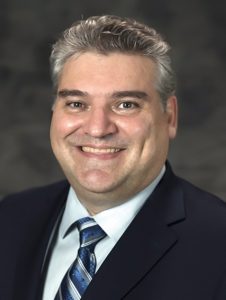
Dr Luis Tedeschi
Department of Animal Science
Texas A&M University
College Station, TX
USA
Dr Luis Tedeschi is a Professor in Ruminant Nutrition in the Department of Animal Science at the Texas A&M University. He holds a Bachelor’s degree in Agronomy Engineering and a Master’s degree in Animal and Forage Sciences from the University of São Paulo, and a PhD in Animal Science from Cornell University. Dr Tedeschi is a Texas A&M AgriLife Research Faculty Fellow and Texas A&M University Chancellor EDGES Fellow. Dr Tedeschi’s research is focused on the integration of scientific knowledge of ruminant nutrition that has been accumulated over the years to solve contemporary problems. His areas of interest include energy and nutrient requirements of grazing and feedlot animals, growth biology and bioenergetics, modelling and simulation of decision support systems and evaluation of models. To date, thousands of people around the world have benefited from Dr Tedeschi’s innovative models, and his Nutrition Models website has been visited over 125,000 times. Dr Tedeschi has published more than 250 papers in peer-reviewed journals and book chapters, and presented at more than 80 conferences and workshops worldwide on modelling nutrition. He has also received numerous awards for his research, including the J. William Fulbright Foreign Scholarship Award and the Sir Frederick McMaster Fellowship Award.
CONTACT
E: luis.tedeschi@tamu.edu
W: https://animalscience.tamu.edu/people/tedeschi-luis/
W: https://animalscience.tamu.edu/quantifiable-animal-performance/
W: https://www.nutritionmodels.com
KEY COLLABORATORS
Alberto S. Atzori, University of Sassari, Italy
Antonello Cannas, University of Sassari, Italy
Gordon E. Carstens, Texas A&M University
Mozart A. Fonseca, University of Nevada
Danny G. Fox, Cornell University
Hector M. Menendez III, USDA-ARS
James P. Muir, Texas A&M AgriLife Research
T. G. Nagaraja, Kansas State University
Monte Rouquette, Texas A&M AgriLife Research
FUNDING
Texas A&M AgriLife Research.
FURTHER READING
LO Tedeschi, and DG Fox, The Ruminant Nutrition System: Volume I – An Applied Model for Predicting Nutrient Requirements and Feed Utilization in Ruminants (3rd ed.), XanEdu, Ann Arbor, MI, 2020
LO Tedeschi, and DG Fox, The Ruminant Nutrition System: Volume II – Tables of Equations and Coding, XanEdu, Ann Arbor, MI, 2020.
LO Tedeschi, G Molle, HM Menendez, A Cannas, and MA Fonseca, The assessment of supplementation requirements of grazing ruminants using nutrition models, Translational Animal Science, 2019, 3, 811.
LO Tedeschi, ASN-ASAS SYMPOSIUM: FUTURE OF DATA ANALYTICS IN NUTRITION: Mathematical modeling in ruminant nutrition: approaches and paradigms, extant models, and thoughts for upcoming predictive analytics, Journal of Animal Science, 2019, 97, 1321.LO
Tedeschi, AK Almeida, AS Atzori, JP Muir, MA Fonseca, and A Cannas, A glimpse of the future in animal nutrition science, 1: Past and future challenges, Revista Brasileira de Zootecnia, 2017, 46, 438.
LO Tedeschi, MA Fonseca, JP Muir, DP Poppi, GE Carstens, JP Angerer, and DG Fox, A glimpse of the future in animal nutrition science, 2: Current and future solutions. Revista Brasileira de Zootecnia, 2017, 46, 452.
LO Tedeschi, JP Muir, DG Riley, and DG Fox, The role of ruminant animals in sustainable livestock intensification programs, International Journal of Sustainable Development and World Ecology, 2015, 22, 452.

Want to republish our articles?
We encourage all formats of sharing and republishing of our articles. Whether you want to host on your website, publication or blog, we welcome this. Find out more
Creative Commons Licence
(CC BY 4.0)
This work is licensed under a Creative Commons Attribution 4.0 International License. 
What does this mean?
Share: You can copy and redistribute the material in any medium or format
Adapt: You can change, and build upon the material for any purpose, even commercially.
Credit: You must give appropriate credit, provide a link to the license, and indicate if changes were made.
More articles you may like
Calculating Steering Friction: Essential Engineering for Military Aircraft Safety
The safe operation of military training aircraft depends on precise engineering calculations that most of us never consider. Dr Bogdan Adrian Nicolin and Dr Ilie Nicolin from the National Institute for Aerospace Research in Romania have developed sophisticated methods to calculate the steering friction moment in military aircraft. This critical engineering parameter ensures that pilots can safely control aircraft during taxiing, take-off, and landing – making their work essential for both pilot training and flight safety.
Professor Robert B Heimann | Culinary Craftmanship: The Evolution of Pottery for Cooking
Cooking food is arguably one of the most important transitions in human evolution, and initiated hundreds of thousands of years of refinement in both technique and technology. Professor Emeritus Robert B Heimann of TU Bergakademie Freiberg, Germany, recently reviewed the evidence for early cooking vessels and tracks the evolution of their production, identifying important strategies of optimisation using various natural materials, firing methods, and designs to improve durability, functionality, and efficiency over time.
Dr Loren Babcock | Untangling the History of Jefferson’s Giant Ground Sloth
In the spring of 1796, workers mining saltpetre in a western Virginia cave unearthed several unusual bones. This would launch the scientific study of extinct animals in North America and connect one of America’s founding fathers to the early development of palaeontology. Some of these mysterious bones eventually made their way to future US President Thomas Jefferson at his Monticello estate. Dr Loren Babcock from The Ohio State University’s School of Earth Sciences has conducted an extensive review of the complex naming history of this iconic extinct animal. His research untangles over 200 years of inconsistent scientific terminology and establishes the definitive nomenclatural history of what would become known as Megalonyx jeffersonii.
Epigenetic Mysteries Unravelled: The Zinc-Finger Proteins
Exploring the complex mechanisms of cell development processes and DNA structure is critical to understanding how certain diseases, such as cancer, can arise. Professor Danny Reinberg and Dr Havva Ortabozkoyun from the University of Miami in Florida, USA, work to reveal the epigenetic mechanisms at play during cell division and development and, in turn, disease processes. Together, they are discovering new protein molecules involved in genome organisation, deepening our understanding of how cancers and other related conditions can develop.

